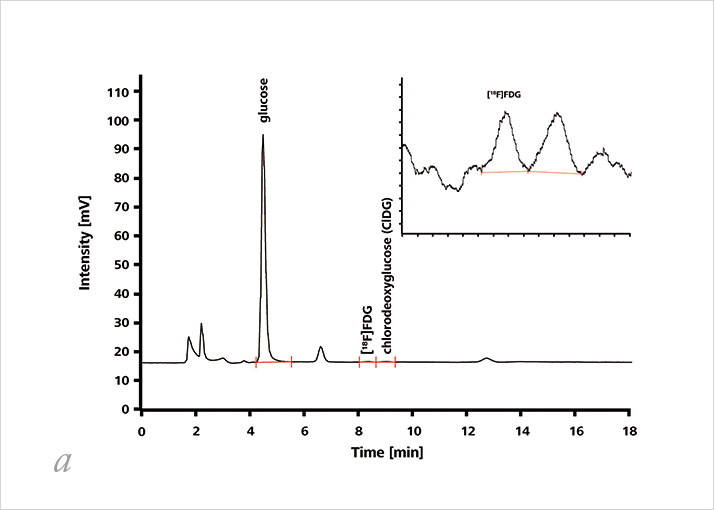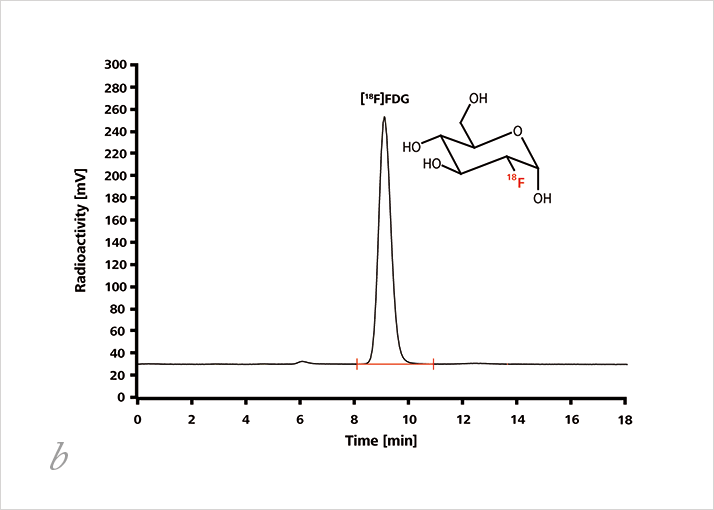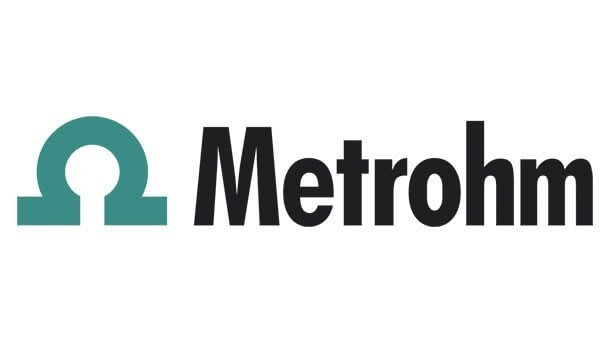Metrohm’s highly customizable chromatography system copes with the tough requirements of the radiopharmaceutical industry and pharmacopoeial regulations. One single multichannel radio IC meets the quality control requirements of various production lines. Besides the high quality, the Metrohm IC presented here ensures users’ safety, low maintenance costs, and outstanding ruggedness.

Radio IC aims to determine the radiochemical purity of radiopharmaceuticals. The latter are radioactive substances that are used for medical purposes, mainly in diagnostics, but also in the treatment and prevention of certain diseases. [18F]fluorodeoxyglucose and [18F]fluorocholine are two prominent examples of radiotracers which are used in diagnostics by positron emission tomography (PET). They are labeled with the radionuclide [18F]fluorine. During the radioactive decay of the unstable isotope, a proton in the nucleus of [18F]fluorine changes to a neutron. This process is accompanied by the emission of a neutrino and a positron. The latter combines with an electron in the surrounding tissue resulting in annihilation of both particles, and emission of two photons (gamma rays) in opposite directions, each with an energy of 0.511 MeV. From the data acquired through coincidence detection of the photon pair, the location of its emission in the patient’s body is calculated. The latter coincides closely with the location of the original radiotracer molecule and thus reveals information on its activity.
The purity of radiotracers is of crucial importance. The highly energetic gamma rays emitted during the combination of a positron with an electron are harmful to the human body; by using pure radiotracer, i.e., by avoiding injection of free [18F]fluorine or other radioactive contaminants, the amount of radioactive substance administered to the patient can be kept to a minimum. The quality control of the radiotracers is done by radio ion chromatography, in the short time between their synthesis and the recording of the three-dimensional PET scan. The separation step in radio IC is equal to that in regular IC – apart from it happening behind lead doors. What really sets radio IC apart from conventional ion chromatography is the detection step, in which a radioactivity detector is added to the setup. The radioactivity chromatogram reveals the presence of radioactive contaminants or, ideally, their absence.



